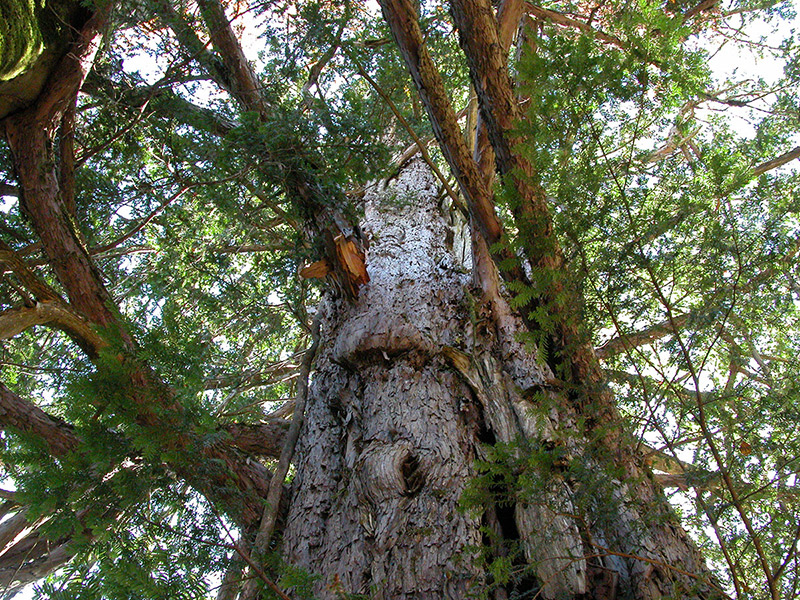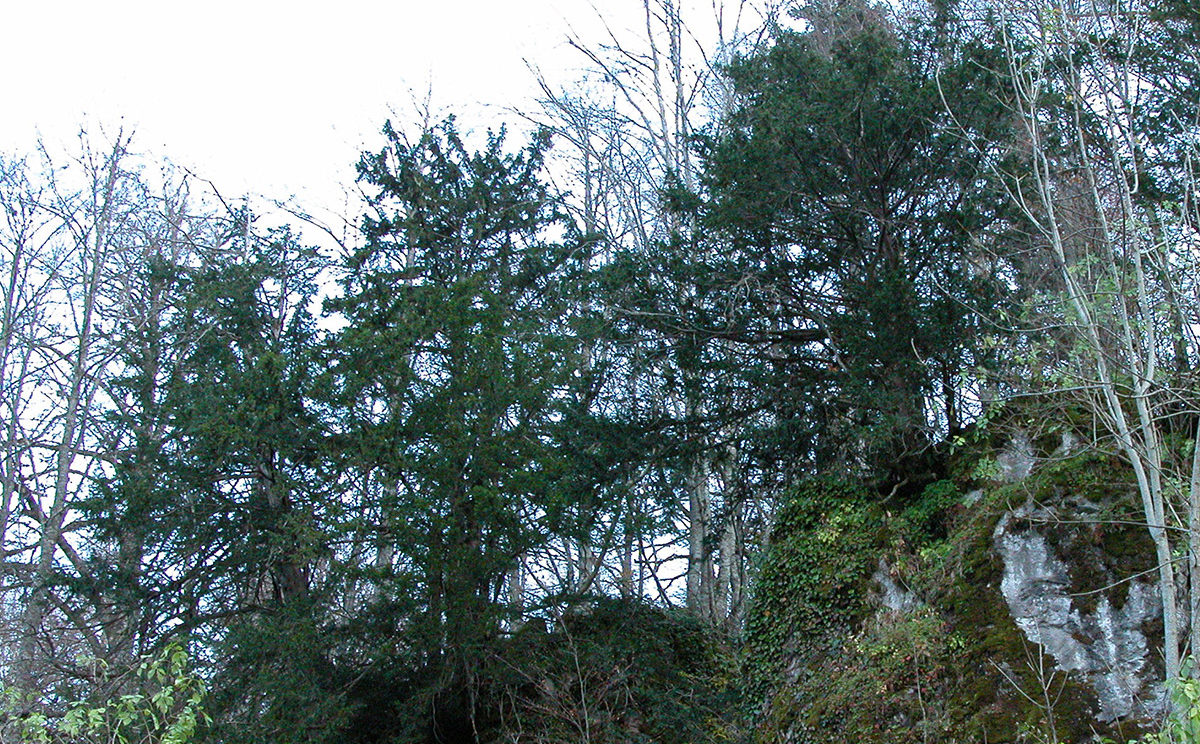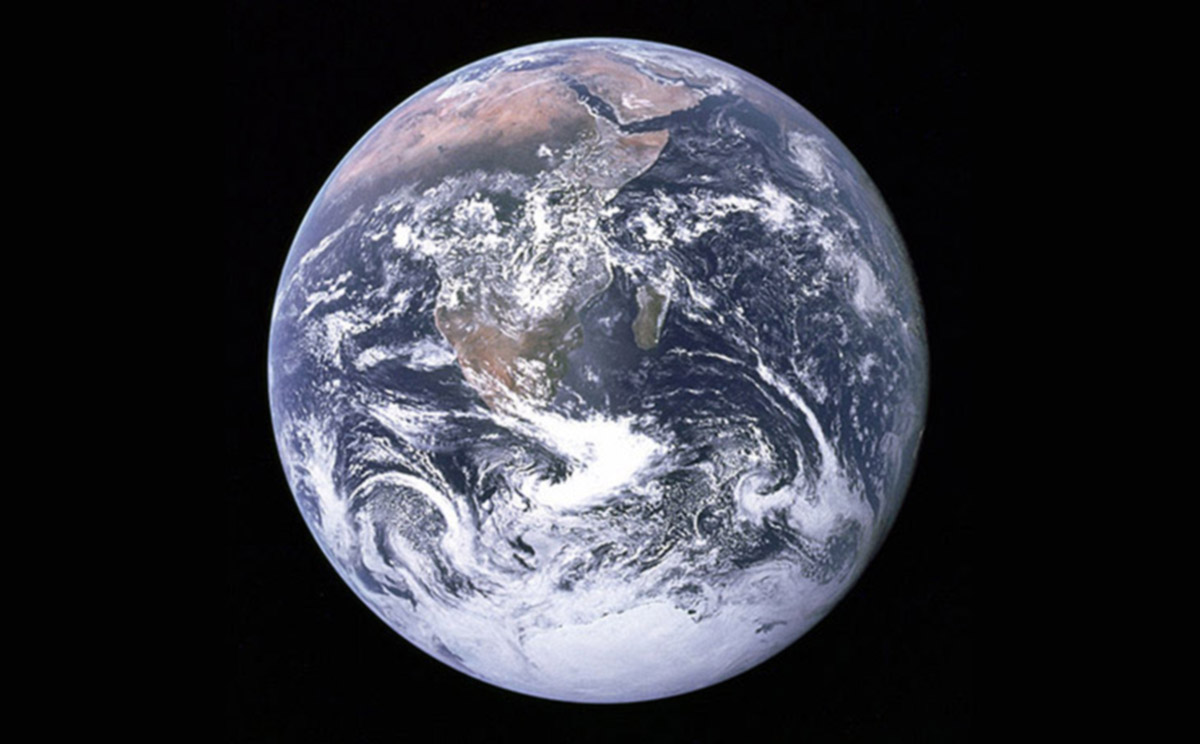The natural history of yew in Europe
May 2015
In a major study of the genetic evolution of European yew (Taxus baccata) during the Quaternary glacial cycles, 14 scientists from Spain, France, Italy, and Slovakia were able to shed some light on the genetic evolution of this unique tree species and the way it appeared in and spread across Europe.
The genetic divergences in Taxus baccata increase toward the west, indicating that eastern populations were closer to the hypothetical “ancestral population”. The estimated time of divergence between the original Iranian and the European populations would have occurred about 6 million years ago (assuming an average generation time of c. 100 years). Further separation of Eastern and Western European clusters would have taken place about 2.2 million years ago.
The climatic investigation showed that, on average, populations within the Western cluster experienced smaller seasonal temperature fluctuations, warmer temperatures, higher temperatures during the driest quarter, and less precipitation during the warmest quarter. Data suggests that Eastern and Western clusters have occupied environmentally different regions since the distant past.
The nuclear microsatellites in the genetic pool of Taxus “seem to retain the imprint of very ancient events”. The separation between the Iranian and the European genetic pools seems to have happened about 6 million years ago.
Distinct genetic features (if you want to know: haplotypes in chloroplast DNA markers) “were located at the eastern extreme of the distribution (Iran), suggesting that both groups became isolated a long time ago. This is additionally confirmed by the significantly higher number of private alleles detected at nuclear microsatellites within the Eastern pool, particularly in populations from Iran and Georgia.”
The ancient migration from the east is also supported by the westward decline of genetic diversity. “In agreement with our results, recent studies set the origin of Taxus in North America or South West China during the late Cretaceous to middle Eocene [about 66 to 11 million years ago], from which it was dispersed to the current distribution areas. The genus probably reached Europe through the Irano-Turanian region”, from where it colonized the Mediterranean region between 16 and 23 million years ago, as indicated by the oldest fossil record.
This study shows that both geography and climate, particularly the interglacials, have played a significant role in shaping the genetic structure of Taxus in Europe. But contrary to previous ecological studies highlighting the importance of water availability on T. baccata evolution this study did not reveal a direct effect of rainfall on genetic divergence, but rather pointed to a major effect of temperature: “western (Western Mediterranean and British Isles) and eastern (Central and Northern Europe) populations were clearly clustered into two distinct groups […], suggesting the existence of two evolutionary lineages adapted to contrasted temperature ranges.”
Here’s the full summary of the study.




